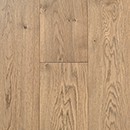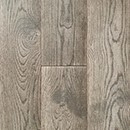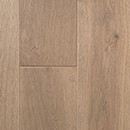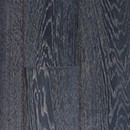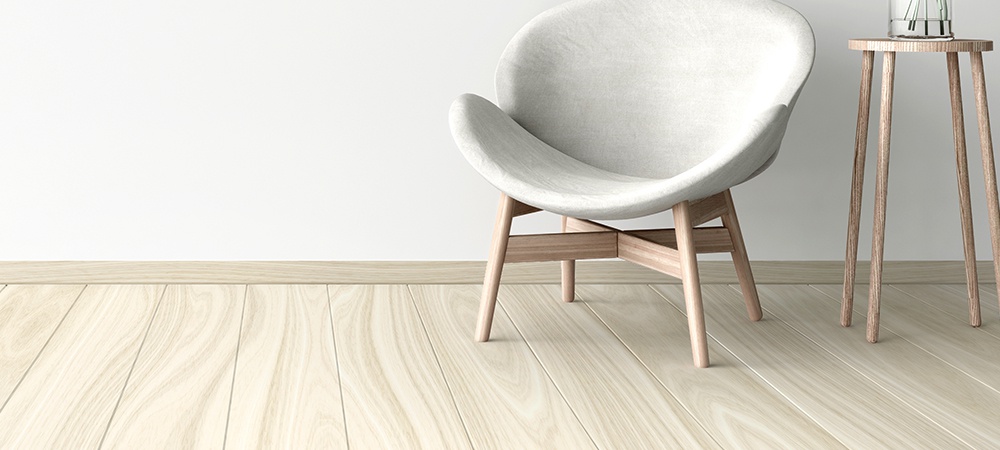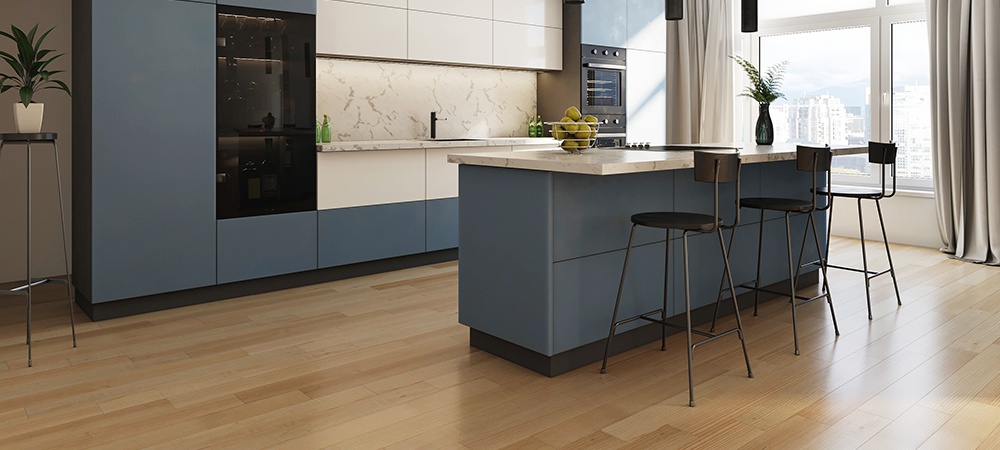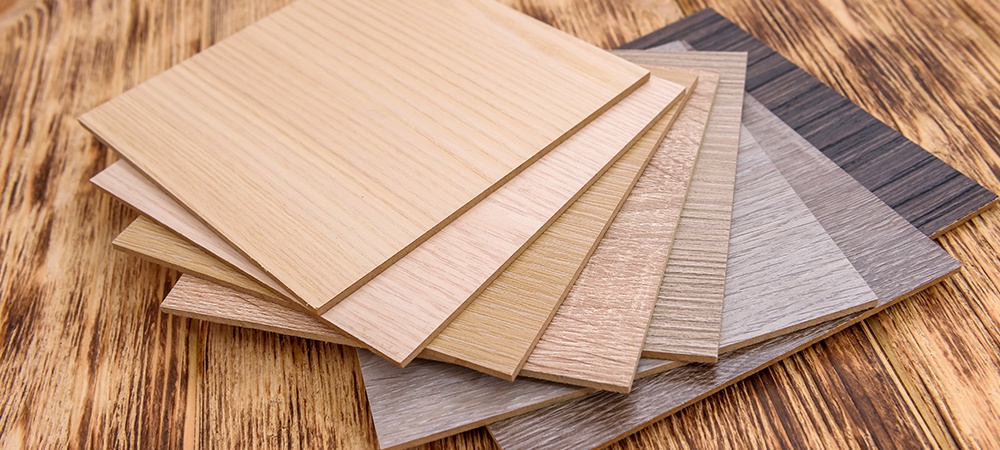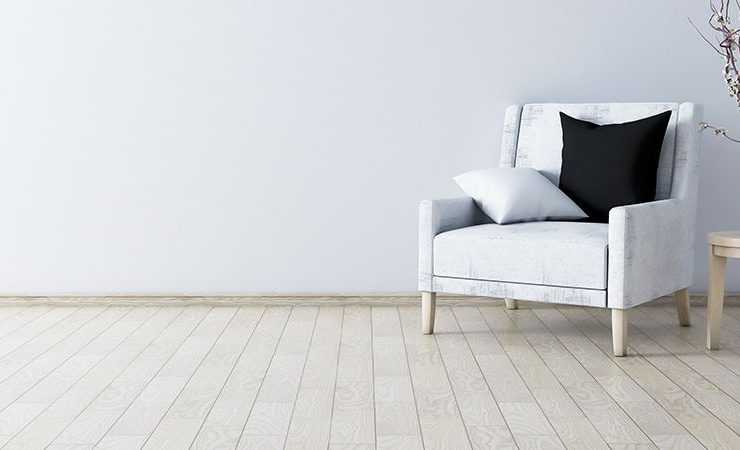How Durable Is White Oak Engineered Flooring?
Wood floors have come a long way from the age of antiquity. Interior designers, through the course of history, have often used wood floors in exquisite settings.
When engineered hardwood like white oak gets into flooring considerations, people often question its durability. A similar sentiment probably brought you to this page. You’re also trying to find out if white oak engineered hardwood flooring will be able to handle what you intend to throw at it.
To that end, we’ll be sharing our opinions regarding the strength of hardwood flooring. Before we continue, let’s first establish that the durability of any wood flooring depends primarily on the species of wood.
That said, we’ll be paying particular attention to how durable the white oak engineered hardwood flooring is. But first, let’s start with a bit of background into engineered white oak flooring.
What is White Oak Engineered Flooring?
Engineered woods are almost identical alternatives to solid hardwood materials. Manufacturers make engineered wood by gluing several layers of plywood together and adding a layer of hardwood material on the surface. So, engineered wood planks have multiple layers of plywood for their core and a reasonably thick layer of natural wood on the top.
White oak is a tree species native to the North American continent, but it also grows in some parts of Europe. They’re incredibly durable, very versatile and also easy to craft for various purposes. That’s why most woodworkers prefer using white oak wood species for their designs. So, it remains one of the favourites alongside the red oak.
Engineered white oak wood consists of several layers of plywood plus a layer of white oak wood on the top. The layers of plywood can also be of white oak material or other wood species.
The telling factor is the white oak serving as the surface layer. Please note that engineered white oak flooring differs from laminate flooring, which often features a carbon-fibre core.
White oak engineered flooring design primarily uses engineered white oak wood. This flooring option is not only exceptionally beautiful, but it’s also versatile, functional and easy to work with. It’s a superb alternative to solid white oak wood. In fact, it has several qualities that you won’t find in solid white oak.
People also refer to it as machined oak flooring or semi-solid oak flooring. It’s a lot more flexible than solid white oak wood due to its layered construction. As such, it expands and contracts with more ease. Also, it acclimates faster and with lesser complications than its original counterpart. So you can count on engineered white oak floors to handle changes in environmental conditions better than solid hardwood flooring.
Related Article: White Oak Wood Flooring Design Ideas
Why You Should Consider White Oak Engineered Flooring
There are several reasons we’ll recommend you go with white oak engineered flooring. Unfortunately, most people are too quick to draw conclusions and decide that solid hardwood is better. But, solid hardwood is not always the best option. In some cases, having white oak engineered wood flooring will be more advantageous.
You Can Barely Tell It Apart From Solid Hardwood
As far as looks and aesthetics are concerned, engineered wood flooring is on par with solid hardwood. In fact, some people may argue that engineered wood is better. That’s because manufacturers create the top layer of engineered wood from actual solid wood. So they retain the character, texture and feel of solid hardwood.
You won’t be able to tell an engineered wood flooring apart from a solid hardwood flooring if you’re looking at it from afar. You’ll need a closer inspection to distinguish which is machined and which is natural. In the same vein, your visitors won’t be able to discern if your floors are solid white oak or engineered white oak. And, you don’t have to tell them which it is.
It Can Fit Pretty Much Anywhere
Another significant advantage of engineered white oak wood flooring is its versatility. You can install white oak engineered flooring pretty much anywhere in your house. That includes the kitchen and bathrooms. But, most people don’t recommend having wood flooring in moist areas. That’s due to the effect of moisture fluctuations on woods.
However, you shouldn’t worry about that with engineered white oak wood. The flexibility and expansive ability of the planks make them capable of withstanding varying levels of moisture fluctuations.
It has more tensile strength and malleability than solid hardwood. So the effects of expansion and contractions are less noticeable on it than solid hardwood.
This ability is welcome news for anyone who’ll like to install wood floors in the entirety of their apartment. You don’t have to worry about the effects of temperature or moisture change on the wood flooring in certain parts of your house. Engineered wood floors can handle those changes pretty well.
Suitable for Installation on Under Floor Heating Systems
Usually, it’ll be unwise to install wood flooring on an underfloor heating system. Rapid temperature increase can cause the wood panels to expand and crack. White oak especially is a ‘no-no’ for fitting on underfloor heating because it lacks sufficient flexibility.
However, thanks to the construction of the engineered white oak wood flooring, it can handle drastic temperature changes. The layers of the plywoods that form the core of the engineered woods allow for more flexibility. There are also tiny(almost negligible) pockets of spaces for expansion between the layers of the wood panels.
So, when the heat comes up, the plywood core expands into the little pockets of spaces between its layers. This way, the planks won’t crack, and they’ll retain their integrity for long. That’s something that’s pretty much impossible with solid hardwood flooring.
Cost-Effective Option
White oak engineered wood flooring is the more prudent investment in terms of cost-effectiveness. Engineered wood planks go for lower prices than solid hardwood. Manufacturers can produce machined woods for flooring faster than they can source solid hardwood. Plus, the demand for solid hardwood is more than the demand for engineered woods.
Going by the simple rule of demand and supply, it’s not difficult to understand why engineered woods cost less. Also, they’re easier to store without investing much in creating the optimum storage condition. So, the cost of storage, warehousing, and transportation are also cheaper with machined wood flooring planks. All of these perks very much apply to white oak engineered wood flooring.
So, you may consider the white oak boards as cheaper alternatives to solid planks. It’ll retain the look, texture and ambience of the original solid hardwood. So you don’t have to worry that you may be settling for a cheap rip-off of the original thing.
You Can Refinish It Multiple Times
A popular misconception about engineered wood floors is that repeatedly resanding or retouching them will compromise their structural integrity. Many people believe the top layer of the slats is not thick enough to handle multiple refinishing. However, manufacturers often use woods with sufficient thickness to take resanding and refinishing numerous times over.
This misconception may also be due to people confusing laminate with engineered wood flooring. Laminates have a thin film of vinyl glued to the top of a fibreboard core. The film usually has the image of wood, stone or other natural flooring items.
Engineered flooring, on the other hand, has the actual wood material for its top layer. So you can repaint, resand or add a new finish on your engineered wood floor a couple of times.
DIY Friendly Installation
The white oak engineered flooring installation process is DIY friendly. Manufacturers usually design machined flooring slats with tongues and grooves on the edges. The manufacturers also precut the wood panels into proportionate sizes for easy installation. So you won’t have to do a lot of cutting or resizing when you want to fix the floorboards.
Also, the tongues and grooves on the edges of the boards help secure the slats together. You only need to click the tongue on one slat into the groove of another to assemble the flooring. You may also glue, nail or screw the slats to the subfloor to hold them down. Regardless, engineered wood floors are easier to install than solid wood flooring.
More Shade Option
This advantage is not peculiar to only engineered white oak flooring. Solid white oak wood floors also retain the ability to take multiple shade options and floor finishing. As such, it’s a benefit that’s common to the white oak wood species.
White oak wood flooring is a perfect canvas for experimenting with different types and colours of floor finishes.
White oak spots a natural pale hue, and its pores do a great job of absorbing stains. So you can easily give your white oak floors a rich shade of any colour you desire, whether solid or engineered.
That said, engineered white holds a bit of advantage over solid white oak with regard to how well they handle refinishing. Due to the thinner top layer of the engineered white oak, the stains spread more evenly on it.
What’s The Durability Level of White Oak Engineered Wood Flooring?
We can measure the durability of hardwood floors using three main parameters. Primarily, we can determine the strength level of any hardwood material based on the following.
- Its Janka hardness scale score
- Its expected/average lifespan
- Its resistance to scratches, dings, dents and moisture.
So to get a full scope of how durable engineered white oak flooring is, let’s see how well it performs on each of the mentioned parameters.
Janka Hardness Rating For Engineered White Oak Flooring
It’s tricky to determine the Janka hardness level of engineered hardwoods precisely. That’s because the structure of engineered hardwood involves multiple layers of plywood held together by an adhesive.
The only noteworthy part of the machined wood flooring is the hardwood serving as its top layer. You may be able to determine the hardness of the hardwood species. That’ll be needless for the relatively weak plywoods that make up the core of the wood planks.
So, we generally assume the hardness of the wood species, which serves as the top layer for the whole plank. And the wood species for the top layer is white oak in this case.
The white oak has a Janka hardness rating of 1360, which is in the medium range for most hardwoods found in North America. The Janka hardness rating tests how many pounds per square inch of force will be sufficient to drive a steel ball halfway through a piece of wood. So it’s the amount of pressure that’ll embed a steel ball halfway through a 2″x 2″x 6″ piece of wood.
To put things in context, it’ll take 1360 pounds per square inch of force to push a steel ball halfway through 2″ x 2″ x 6″ of white oak wood. Depending on the thickness of the top layer of white oak engineered wood, we may assume this rating for the whole plank. However, it may be lower if the white oak top layer is not thick enough. Nonetheless, the Janka rating remains 1360 for a standard white oak engineered flooring.
Average Lifespan of White Oak Engineered Flooring
Testing the hardness alone is not enough to determine how durable white oak engineered wood flooring is. Durability measures both the hardness as well as the lifespan of the material.
Averagely, white oak engineered wood flooring lasts between 40- 80 years before requiring refinishing. Then again, you can refinish it multiple times. But more than the top surface finish, the core of the engineered wood flooring will determine its lifespan. The integrity and strength of the plywood making up the core of the machined wood flooring play a significant role in how long it’ll hold up.
The core of white oak engineered wood flooring is strong enough to last for around 70 years. The hardness of the white oak will also provide additional protection for the core. So, the hardness of the top layer also contributes to the lifespan of the wood flooring.
The Flooring’s Ability to Withstand Scratches, Dents, Dings and Moisture
The engineered hardwood’s level of resistance to dents and dings is directly proportional to its hardness. The tougher a hardwood, the more hits it can take. This also applies to the floor’s ability to handle the traffic. So, the more rigid the flooring is, the better it’ll manage whatever you throw at it.
The wood flooring’s ability to handle moisture is a different case. That’s because, while a wood species may be physically tough, it may also be very porous. So, liquids may get through its pores easily and make it more susceptible to damage.
Fortunately, white oak has one of the most impressive Janka hardness scale ratings and a good deal of flexibility. Also, it handles liquid spills pretty well, so you don’t have to worry about damage from moisture. Interestingly, white oak engineered flooring demonstrates an impressive ability to withstand liquids better than solid white oak hardwood flooring.
Considering all the parameters discussed above, we can claim that engineered white oak flooring is durable enough. It has an impressive Janka hardness rating and can last for several decades. Of course, small scratches and dents are inevitable, so they’ll show up with time. You can also expect the flooring to age and gradually change ambience over the years.
However, there’s no doubt that you’ll enjoy your white oak engineered flooring for long. Don’t forget to do adequate regular maintenance on the floor. Vacuum it as often as possible.
Also, try to mop it at least a couple of times a week. You should also retouch it every couple of years to retain the timeless and elegant look of the floor.
Lastly, if you’re thinking of refinishing your floor, consult professionals and let them handle it for you. The same goes for if you’re looking to fix engineered white oak flooring in your house. Of course, you can go the DIY route; however, we suggest you let the people with the right skillset handle it.
Related Article: All You Need to Know about White Oak Flooring
Conclusion
Most people don’t realize how durable white oak engineered wood flooring can be. That may be due to a general belief that solid white oak hardwood is superior. Yes, solid white oak hardwood may be better than the machined version in some ways.
However, the engineered version also compensates for its shortcomings in other ways. And we can boldly claim that engineered white oak flooring can hold its own in terms of strength and flexibility
If you are looking to install engineered hardwood flooring in your apartment, we have just what you want—check out our online store at Three Trees Flooring for amazing white oak engineered flooring designs. We’re sure you’ll find the right design to suit your preferences in our store.


